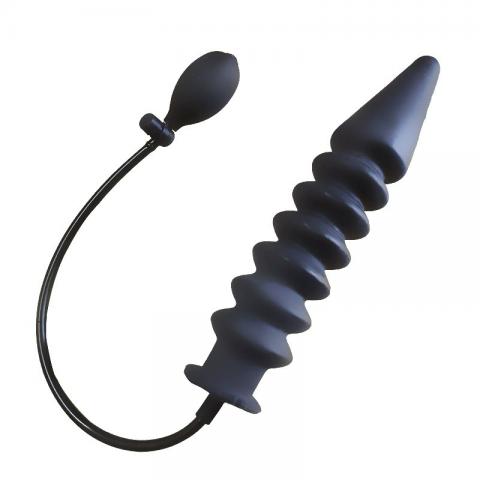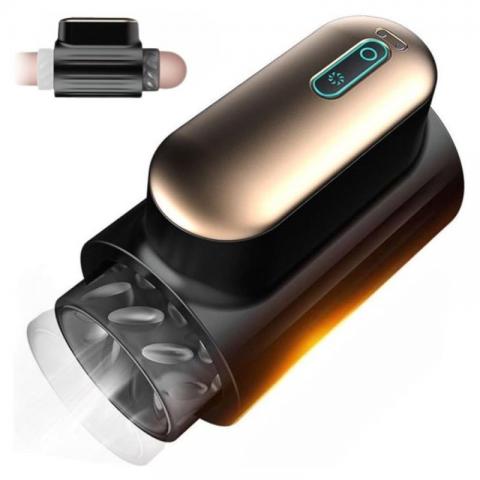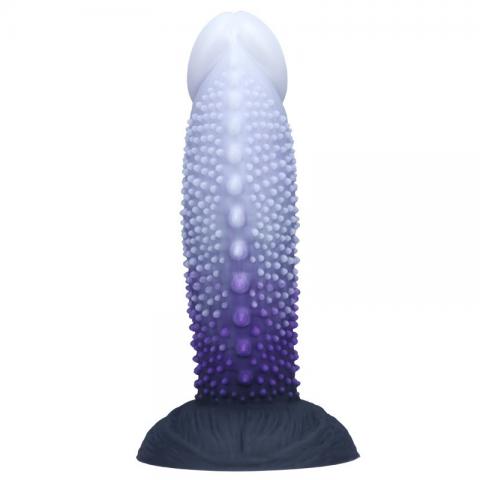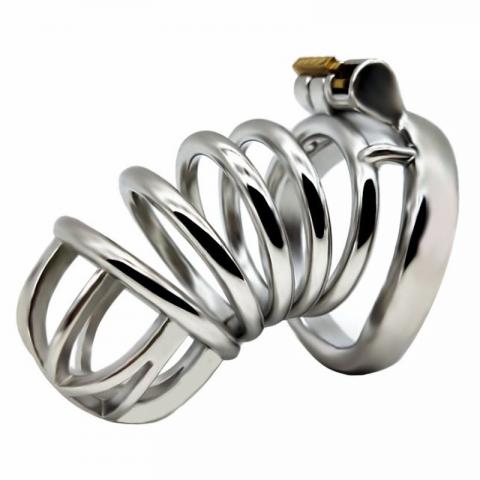Login
 USD $
USD $
 AUD AUD
AUD AUD CAD CAD
CAD CAD GBP £
GBP £ EUR €
EUR €
All Categories
(0) My Cart (0)
LambskinMushroom DildoNew ArrivalCheap
pleated filter cartridge factory
high flow filter cartridge
large flow filter cartridge
membrane pleated filter cartridge
capsule filter suppliers
capsule filter 0.2 micron
capsule filter price
capsule filter
water filter cartridge
New Products
How to check and diagnose syphilis nephropathy?
The transmission and pathogenesis of syphilis is characterized by periodic latent and recurrent syphilis, which is related to the production of immunity. When the immunity of the body decreases, Treponema pallidum can invade some parts of the body. Syphilis-associated nephropathy mainly occurs in acquired secondary syphilis, and its incidence is low. The clinical manifestations of acquired syphilis renal damage are varied, such as acute nephrotic syndrome, membranous glomerulonephritis sexshop , acute progressive glomerulonephritis and so on, but the incidence of the latter is not high. However, syphilis tests should be performed routinely in patients with newly developed nephrotic syndrome to rule out the possibility of syphilis. So biggest dildo wand vibrator , how to check and diagnose syphilis nephropathy?
Laboratory examination:
one. Laboratory examination of syphilis
(1) Treponema pallidum examination is an important method for etiological diagnosis of syphilis and strong evidence for laboratory diagnosis of syphilis. The examination methods were as follows: ① dark field examination, ② smear staining, ③ immunofluorescence ④ rabbit infection test (RIT), ⑤ tissue section staining. Test results: positive in primary syphilis; positive in secondary syphilis skin, mucosal lesions or blood, the detection rate was 80%-85%; advanced syphilis skin, mucosal lesions or blood were mostly negative.
(2) syphilis serum test: also known as syphilis serum reaction, is the main means of syphilis immunological examination, is an important indication for laboratory diagnosis of syphilis, this test or clinical application in routine diagnosis; it is also suitable for screening in a large number of people; or to observe the curative effect; to determine whether it is relapse or reinfection; for early diagnosis (such as RPR test) It is used as a quantitative test to determine the intensity of Reagin in patients and to exclude the anterior zone phenomenon; to distinguish early or late latent syphilis; to distinguish fetal syphilis from passive reactive blood; if cerebrospinal fluid is used for VDRL test, it is also helpful to the diagnosis of neurosyphilis. The results of the examination are:
① primary syphilis: negative in the early stage and positive in the later stage, with a positive rate of 53% to 86%. Generally adult toys for men , within 4 weeks after infection, sometimes 5-6 weeks, the VDRL (USR) test is negative, and the positive rate can reach 90%-100% after 6-8 weeks. The FTA-ABS test was positive in the second week.
② secondary syphilis: no matter what kind of test, the positive rate is 95%-100%, and the positive rate or titer of untreated patients is higher. The positive rate is 100%, and it is strongly positive, and if it is negative, it means that the patient's resistance is low, there is no reaction ability, and the prognosis is poor. The positive rate of secondary recurrent syphilis is 60%-100%, and the titer is high (at least 1 ∶ 60). The earlier the recurrence, the higher the positive rate.
③ advanced syphilis: the positive rate decreased, untreated serum Reagin test was 70%-80%, specific antibody test was 93%-100%. The positive rate of cardiovascular syphilis is 80%-96%, and the positive rate of paralytic dementia can reach 100%. Generally speaking, the longer the infection time, the lower the positive rate.
(3) Cerebrospinal fluid examination: after the invasion of the central nervous system by Treponema pallidum, we can examine the cell count, protein determination, spirochete examination, spirochete DNA test, Reagin test and specific antibody test. If conditions permit, cerebrospinal fluid VDRL (CSF-VDRL) test, CSF-FTA-ABS test or CSF-TPHA test can be performed, and Treponema pallidum DNA can be examined. Western blotting test, 19s-IgM-FTA-ABS test, IgM-SPHA test, IgM-Captia test and CSF monoclonal IgM antibody test showed high specificity. The examination indications were early syphilis 1 year after expelling syphilis; syphilis or late syphilis with unknown stage; recurrent syphilis (regardless of clinical or serum recurrence); untreated syphilis with a course of more than 2 years; and all patients with latent syphilis.
two. Syphilis-related nephropathy tests showed hematuria, severe proteinuria and mild renal insufficiency.
Other auxiliary examinations: in addition to the typical pathological changes of syphilis, the degree of glomerular lesions varies from mild to severe proliferative lesions. The main pathological changes were diffuse Mesangial proliferation and subepithelial immune deposits, and interstitial monocyte infiltration was found by renal biopsy in some patients. Under immunofluorescence microscope, granular deposition of IgG and C3 could be seen in glomerular epithelium. In the Mesangial area, there were not only granular deposits of IgG and C3, but also IgM deposits.
Diagnosis: patients diagnosed with syphilis can be diagnosed as syphilis-related nephropathy if they have abnormal urine routine (proteinuria, hematuria), edema and renal function damage, excluding primary kidney disease and other secondary kidney diseases.
Realistic dildo | best vibrator | pvc dildo | fat pocket pussy
Laboratory examination:
one. Laboratory examination of syphilis
(1) Treponema pallidum examination is an important method for etiological diagnosis of syphilis and strong evidence for laboratory diagnosis of syphilis. The examination methods were as follows: ① dark field examination, ② smear staining, ③ immunofluorescence ④ rabbit infection test (RIT), ⑤ tissue section staining. Test results: positive in primary syphilis; positive in secondary syphilis skin, mucosal lesions or blood, the detection rate was 80%-85%; advanced syphilis skin, mucosal lesions or blood were mostly negative.
(2) syphilis serum test: also known as syphilis serum reaction, is the main means of syphilis immunological examination, is an important indication for laboratory diagnosis of syphilis, this test or clinical application in routine diagnosis; it is also suitable for screening in a large number of people; or to observe the curative effect; to determine whether it is relapse or reinfection; for early diagnosis (such as RPR test) It is used as a quantitative test to determine the intensity of Reagin in patients and to exclude the anterior zone phenomenon; to distinguish early or late latent syphilis; to distinguish fetal syphilis from passive reactive blood; if cerebrospinal fluid is used for VDRL test, it is also helpful to the diagnosis of neurosyphilis. The results of the examination are:
① primary syphilis: negative in the early stage and positive in the later stage, with a positive rate of 53% to 86%. Generally adult toys for men , within 4 weeks after infection, sometimes 5-6 weeks, the VDRL (USR) test is negative, and the positive rate can reach 90%-100% after 6-8 weeks. The FTA-ABS test was positive in the second week.
② secondary syphilis: no matter what kind of test, the positive rate is 95%-100%, and the positive rate or titer of untreated patients is higher. The positive rate is 100%, and it is strongly positive, and if it is negative, it means that the patient's resistance is low, there is no reaction ability, and the prognosis is poor. The positive rate of secondary recurrent syphilis is 60%-100%, and the titer is high (at least 1 ∶ 60). The earlier the recurrence, the higher the positive rate.
③ advanced syphilis: the positive rate decreased, untreated serum Reagin test was 70%-80%, specific antibody test was 93%-100%. The positive rate of cardiovascular syphilis is 80%-96%, and the positive rate of paralytic dementia can reach 100%. Generally speaking, the longer the infection time, the lower the positive rate.
(3) Cerebrospinal fluid examination: after the invasion of the central nervous system by Treponema pallidum, we can examine the cell count, protein determination, spirochete examination, spirochete DNA test, Reagin test and specific antibody test. If conditions permit, cerebrospinal fluid VDRL (CSF-VDRL) test, CSF-FTA-ABS test or CSF-TPHA test can be performed, and Treponema pallidum DNA can be examined. Western blotting test, 19s-IgM-FTA-ABS test, IgM-SPHA test, IgM-Captia test and CSF monoclonal IgM antibody test showed high specificity. The examination indications were early syphilis 1 year after expelling syphilis; syphilis or late syphilis with unknown stage; recurrent syphilis (regardless of clinical or serum recurrence); untreated syphilis with a course of more than 2 years; and all patients with latent syphilis.
two. Syphilis-related nephropathy tests showed hematuria, severe proteinuria and mild renal insufficiency.
Other auxiliary examinations: in addition to the typical pathological changes of syphilis, the degree of glomerular lesions varies from mild to severe proliferative lesions. The main pathological changes were diffuse Mesangial proliferation and subepithelial immune deposits, and interstitial monocyte infiltration was found by renal biopsy in some patients. Under immunofluorescence microscope, granular deposition of IgG and C3 could be seen in glomerular epithelium. In the Mesangial area, there were not only granular deposits of IgG and C3, but also IgM deposits.
Diagnosis: patients diagnosed with syphilis can be diagnosed as syphilis-related nephropathy if they have abnormal urine routine (proteinuria, hematuria), edema and renal function damage, excluding primary kidney disease and other secondary kidney diseases.
Realistic dildo | best vibrator | pvc dildo | fat pocket pussy
Read More huge dildo
Subscribe for Join Us!
Subcribe to get $10 OFF for order.
- Information
- About us
- Contact us
- Customer Service
- Privacy Policy
- Return Policy
- Shopping Guide
- Payment Methods
- Products
- Dildos
- Vibrators
- Penis Pumps
- Masturbation Cup
- Love Egg
- Contact Us
- [email protected]
- Room 1003, Chevalier House, 188 Chatham Road South, Tsim Sha Tsui, Kowloon, Hong Kong
CopyRight © wlovew.com 2002-2025













-
Follow Us On WhatsApp
My Cart (0)
Follow Us On WhatsApp













